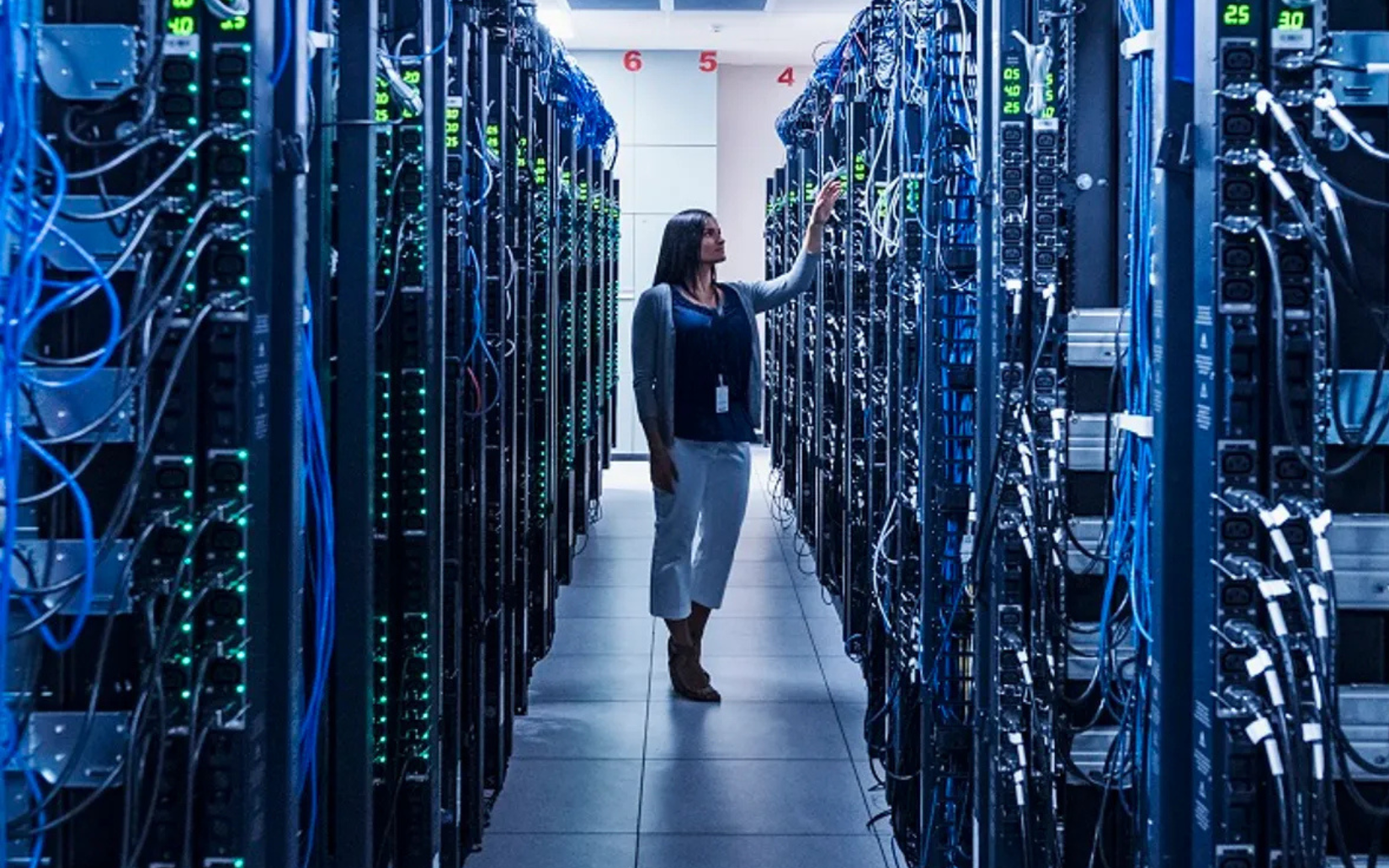Securing Smart Factories: Cyber Threats in IoT Environments
Introduction
Smart factories are transforming manufacturing. Machines talk to each other. Sensors collect data in real time. Production is faster and more efficient. But this new technology brings risk. Cyber attackers are targeting industrial systems. These threats are growing.
This blog is for factory managers, IT professionals, cybersecurity leaders and operational teams. If your factory uses connected devices or industrial networks, you need to understand these risks. You also need to know what steps to take.
A smart factory uses Internet of Things (IoT) devices. These are things like sensors, smart machines and control systems. They connect through industrial networks. This setup allows better automation and insights. But it also creates new entry points for attackers.
Why does this matter now? Attacks on operational technology (OT) have increased.
According to IBM X-Force, manufacturing was the most attacked sector in 2022. Smart factories are now targets. Hackers aim to stop production or steal data. If your systems are exposed, your business is at risk.
Unseen Dangers in Smart Factories
Securing IoT Devices in Industrial Networks
You must secure every connected device. Start by identifying what is on your network. Many factories do not track all IoT assets. Unknown devices are vulnerable points.
Use strong, unique passwords for each device. Avoid default credentials. This simple step blocks many attacks. Make sure firmware and software are updated. Old versions often have known flaws.
Encrypt communication between devices. If attackers cannot read the data, they are less likely to succeed. Use protocols that support encryption.
Segment your network. Keep OT and IT separate. Divide the OT network into zones. If one zone is compromised, others stay protected. This structure also helps monitor traffic for unusual activity.
Restrict access. Only allow what is needed for operations. This principle is called least privilege. If a device does not need internet access, block it.
Use security gateways. These tools inspect data before it enters the network. They help detect and block threats. Firewalls and intrusion detection systems are essential.
Protecting Operational Technology from Targeted Attacks
You must treat OT as a critical asset. Many smart factories use older control systems. These were never designed for internet use. Connecting them increases risk.
Follow industry frameworks like NIST and Cyber Essentials. These provide steps for securing networks and systems. They are practical and widely accepted.
Train your staff. Everyone should know basic cybersecurity rules. Engineers and technicians must understand how their work affects security. Run drills to test your defences.
Keep backups of critical data. Store them offline. If an attack happens, you will need clean copies to restore operations.
Use monitoring tools. They can detect unusual behaviour. For example, a control system that sends out large amounts of data might be infected. Early warnings reduce impact.
Respond quickly. Have a plan. Know who to contact and what steps to take. Practice the plan so your team is ready.
Reducing Risk Through Proactive Maintenance
Regular maintenance is vital. Old systems break down. They also become easier targets. Patch software and update firmware as soon as fixes are available.
Work with vendors to understand which updates are safe. Some factories worry updates might cause downtime. Schedule them during planned maintenance.
Use automated tools where possible. They can track assets, check for vulnerabilities and push updates. This helps manage large networks.
Check device logs. Look for signs of tampering or errors. Even small changes could signal a larger issue.
Keep detailed records. Document what devices are connected, what software they use and who has access. This makes audits easier. It also helps during investigations.
Audit suppliers. Make sure they follow security best practices. Ask how they protect their systems and data. Include cybersecurity clauses in contracts.
Summary
Smart factories are a step forward in manufacturing. They improve efficiency. They reduce waste. But they are also under threat.
Cyber attacks on IoT devices and OT systems are rising. If ignored, these risks can stop production, damage equipment, or steal data. Protecting your factory is not optional.
You must secure your devices. You must segment your networks. You must train your people. These steps reduce risk.
Ready to strengthen your security posture? Contact us today for more information on protecting your business.
Let's get protecting your business
Thank you for contacting us.
We will get back to you as soon as possible.
By submitting this form, you acknowledge that the information you provide will be processed in accordance with our Privacy Policy.
Please try again later.








